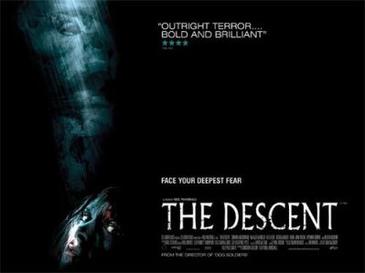Probably that the more product on D&D Beyond, the more lost in the shuffle some of that product gets (including their own).I just don't get why they don't invest in the guild. It's literally free money and free product. There are so many products on that guild that should be on D&D Beyond, including expansions to published adventures, a huge amount of setting and character materials, even more monsters, and some legit good campaigns.
For example, the adventure Chains of Asmodeus, or Heroes of Baldur's Gate, would do so, so, so well on D&D Beyond. Both are fantastic at expanding the game and tie directly into BG3 (well, indirectly, but you know).
I'll never comprehend it. I don't know what the problem is.
They have only begun dipping their toes into 3rd party publishing... there's probably a whole bunch of sales metrics they are looking at to know at what rate to publish new material. Its probably for the same reason why WotC didn't publish tons of product every year at the beginning of 5E-- they wanted the few products they had to stand out on their own. 3rd party D&D Beyond is following a similar path to WotC's publishing schedule of 2014/2015 in a lot of ways.




